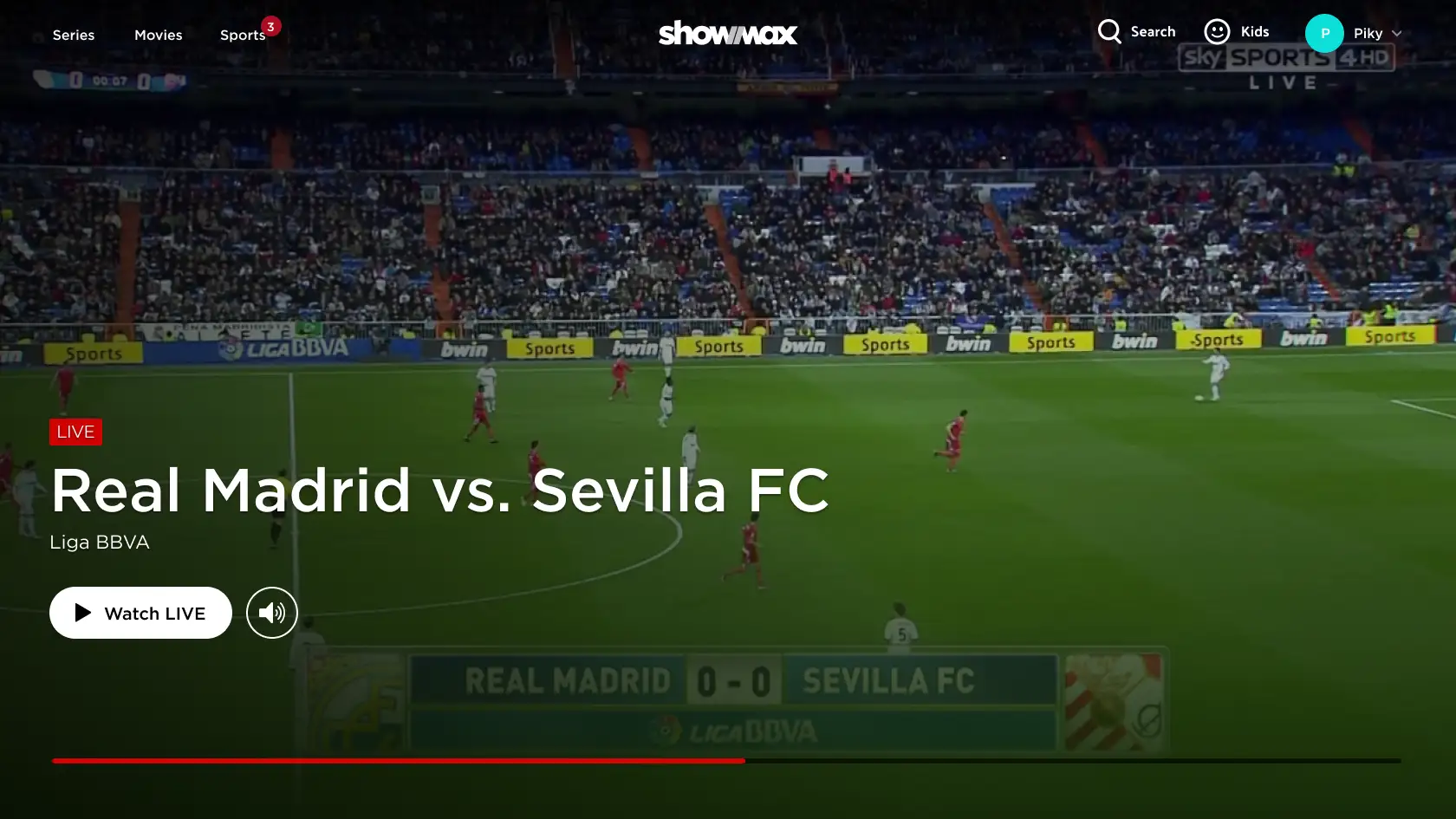
Creating Clarity Through UX Strategy at Oritain
At a glance
My Role
UX Lead
Problem
Fashion clients struggled to extract value from Oritain’s cotton traceability data due to disconnected tools, manual workflows, and misaligned timelines.
Impact
- Delivered Oritain’s first client platform with zero contractual disruption
- Reduced critical test result delivery time from days to seconds
- Laid the groundwork for future AI-powered features
Key Insight
Delivering real client value required deeply understanding domain-specific workflows, aligning strategy with Jobs to Be Done, and designing a platform grounded in research—not assumptions.
Approach
Led generative research, synthesized insights into strategic artifacts (personas, journeys, IA), designed and tested prototypes, and conducted post-launch research to refine the experience.
Timeline
- 1 month research
- 3 month design/testing iteration
Overview
Oritain was making its first major investment in a client-facing digital platform. With no in-house product or UX experience, leadership came to me and my product partner with an open-ended challenge: ‘We don’t know exactly what to build—can you help us figure it out?’. While my partner mapped internal workflows, I led generative research to shape the UX strategy—uncovering real client needs and aligning the organization around a clear, shared product vision.
Phase 1: Generative Research to Understand Domain Needs (3 Weeks)
To build early momentum and leadership buy-in, I needed to move fast.
Before meeting clients, I ran an internal kickoff workshop with stakeholders from Sales, Operations, Science, and Technology to align on assumptions—what we believed clients needed, how they worked, and the problems we were solving. It gave me a quick domain baseline, exposed key assumptions to validate, and helped shape more focused research questions.
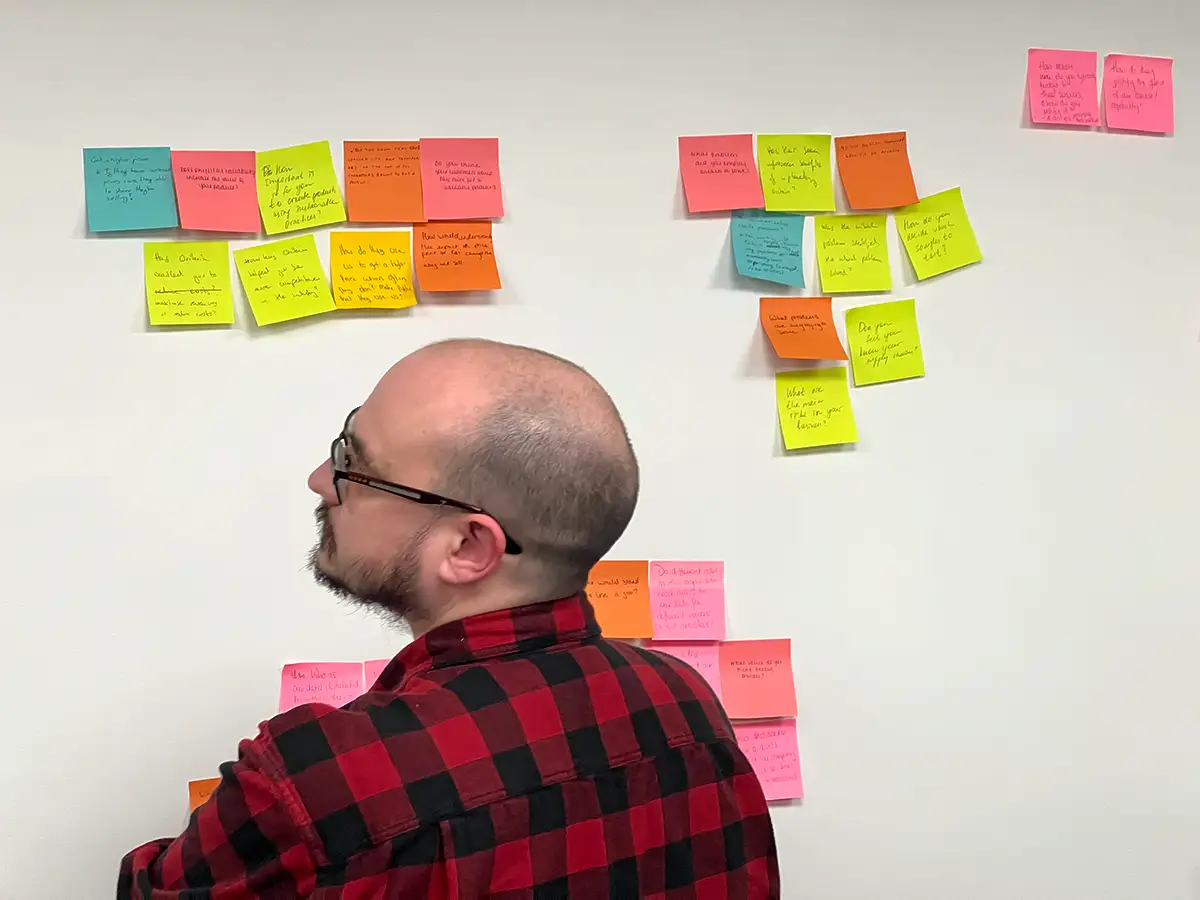
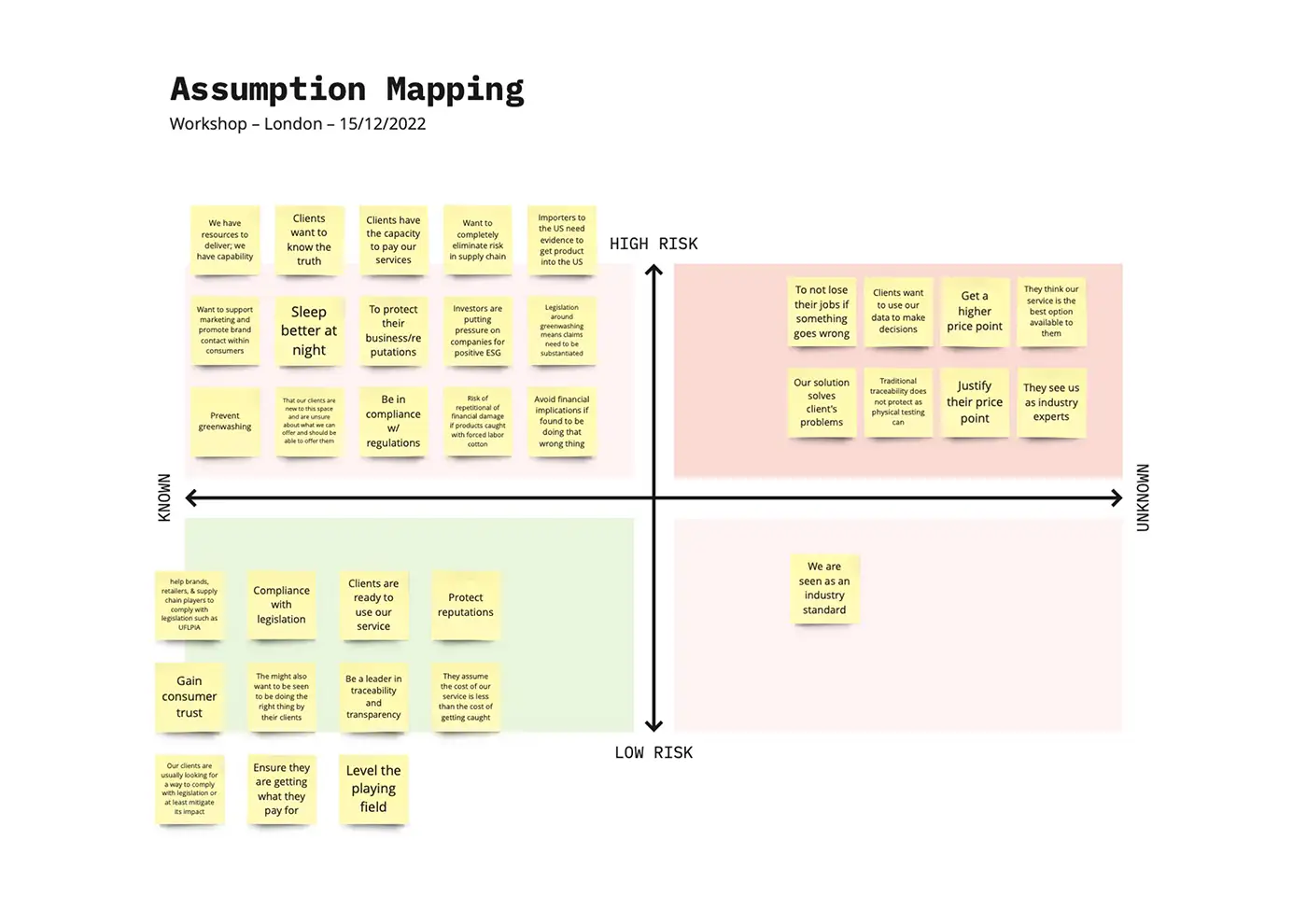
Over the next three weeks, I conducted in-depth interviews with a selection of our fashion clients—luxury, mid-tier, and mass-market. Within each, I spoke to compliance, sourcing, and/or sustainability leads to map end-to-end workflows, pain points, and decision timelines. I tagged and analyzed transcripts using a research tool to prepare for synthesis.

Phase 2: Synthesis and Strategic Alignment (1 Week)
Immediately after completing research, I synthesized findings into journey maps, service blueprints, draft personas, and core Jobs to Be Done—defining the strategic foundation for product direction.

My product partner and I translated the research into a clear narrative, then led an internal roadshow across Senior Leadership, Sales, Ops, and Technology—all within the first month. This fast turnaround kept momentum high and built early organizational alignment. The CEO found the synthesis so valuable, he requested a condensed version to use in executive conversations—cementing early strategic buy-in.
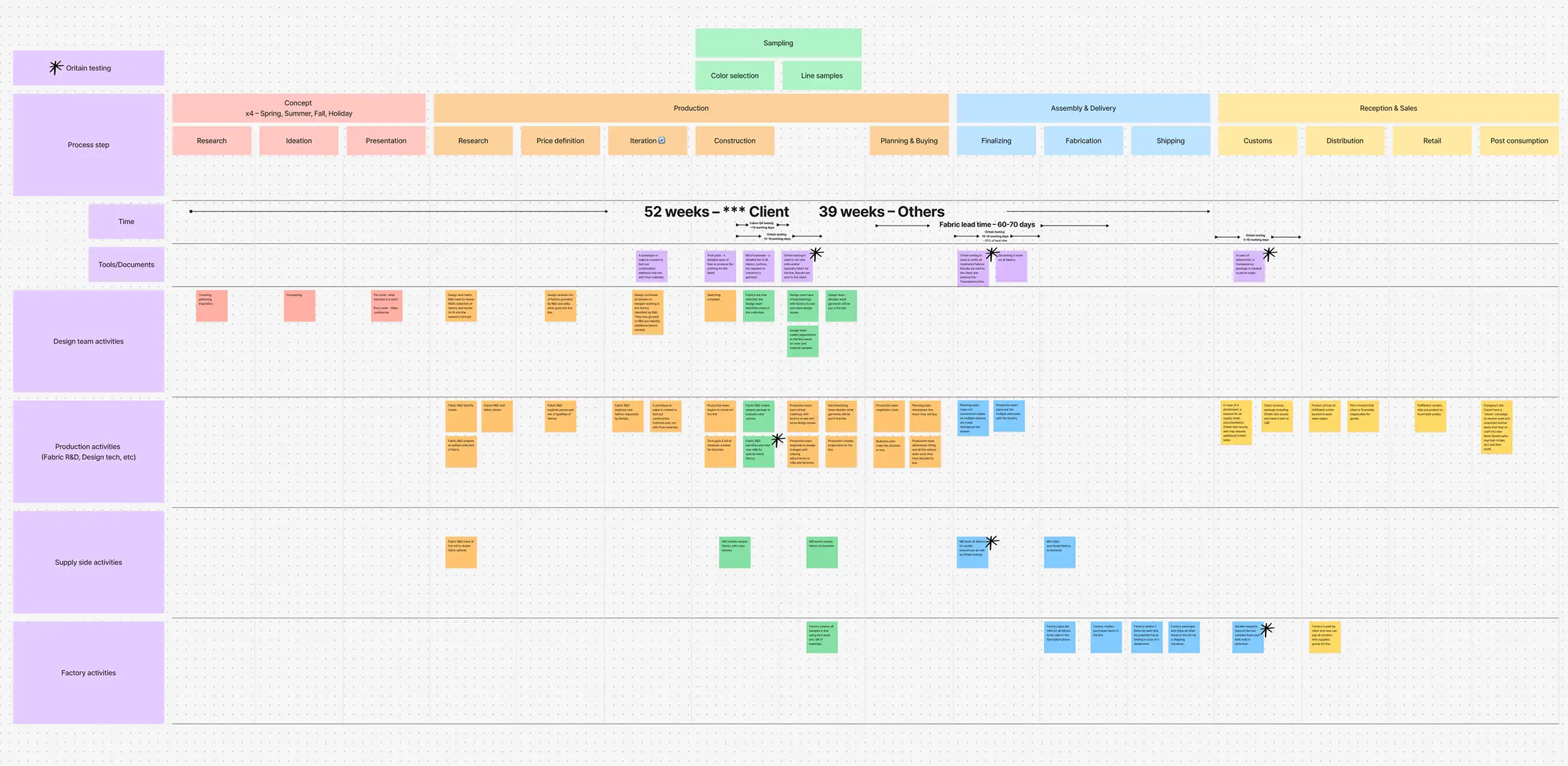
Phase 3: From Research to IA, Prototyping, and Testing (3 Months)
Over the following months, my product partner and I turned research insights into a concrete product direction. Using scenarios and Jobs to Be Done, I mapped the IA to real client workflows, then designed and prototyped core user journeys to surface actionable insights.
I facilitated task-based usability tests and co-design sessions where clients critiqued designs and explored “what if” scenarios through live sketching.

Two critical insights emerged:
- Testing data had legal implications and required strict handling.
- Timing was critical—clients needed absolute clarity on result status and delivery timelines to plan effectively.
In response, I embedded security considerations throughout the design and restructured the dashboard to clearly surface timelines and status—reducing workflow uncertainty. Testing feedback drove refinements to IA, language, and interaction flows.
Post-Launch Research and Iteration
After launch, I gave clients time to use the platform through their natural business cycles (often spanning months due to the nature of their workflows). Over the following months, I conducted follow-up interviews and feedback sessions in short, focused bursts to understand what was working and what needed refinement.
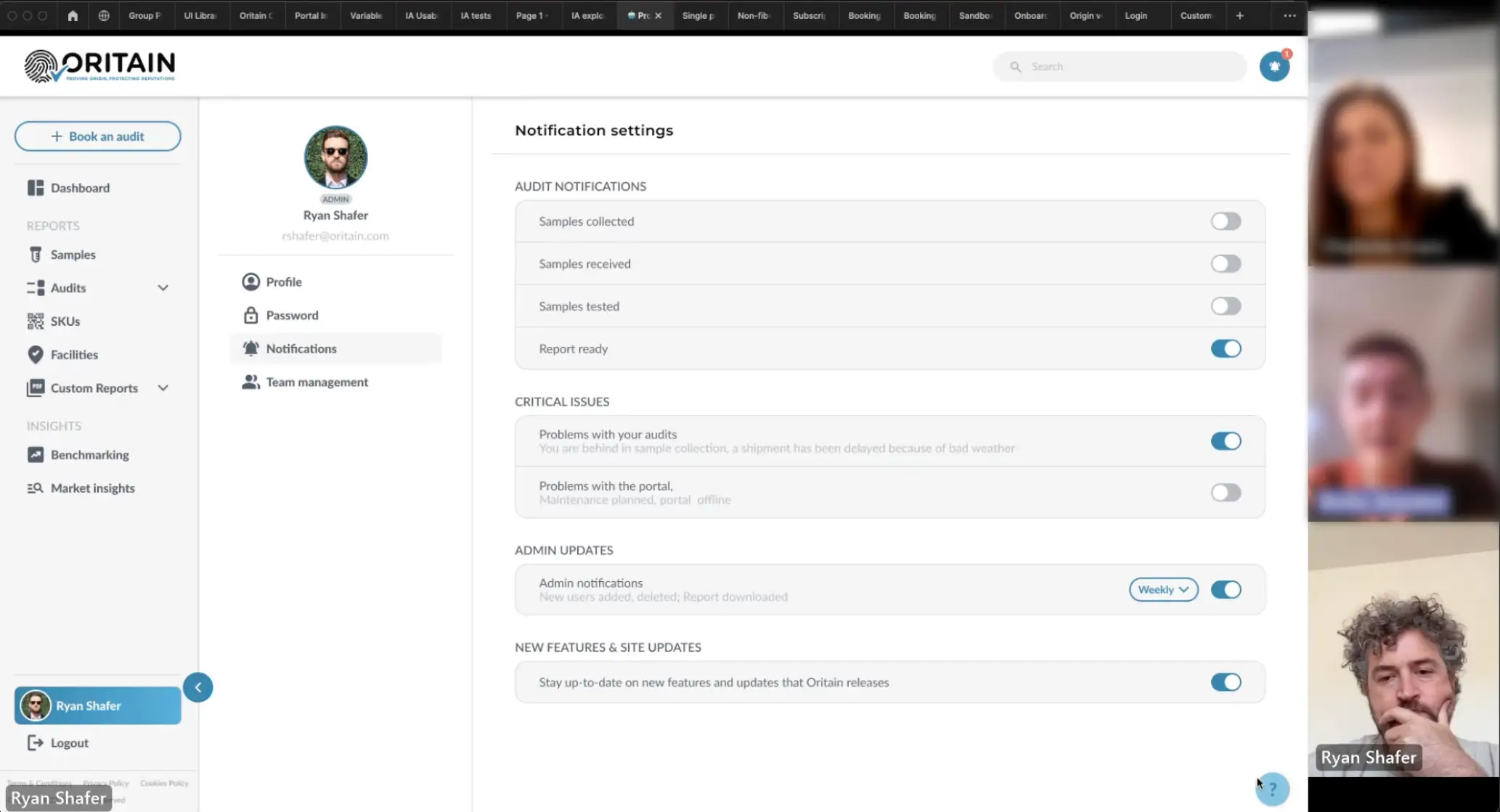
These studies led to:
- Labeling tweaks for clarity
- Existing feature refinements
- Identification of new feature opportunities (prioritized separately)
- Confirmation that the platform fit seamlessly into client workflows
These insights informed iterative releases that enhanced clarity and usability—refining an already well-received platform.
Next Steps: Secure AI Guidance Without Increasing Exposure
One of the platform’s original goals was to surface cross-client, anonymized aggregate data to help clients navigate supply chain risk. But research revealed a key blocker: clients were hesitant to engage with aggregate data, even when anonymized, due to legal and security concerns.
I initially envisioned a highly personalized, ‘white-glove’ service model: clients would share their operational details, and we’d craft tailored testing strategies using aggregated data. But user interviews surfaced another critical barrier—while clients trusted Oritain’s science, many were reluctant to share sensitive information due to legal and internal risk concerns. On top of that, the model wasn’t scalable—making it unsustainable as a long-term business solution.
This wasn’t a technical problem—it was a trust and liability challenge.
In response, I explored a solution that met client needs while respecting their concerns—leading to a retrieval-augmented generation (RAG) AI concept that let users securely interact with their own data and Oritain’s aggregated insights, without exposing them to liability through a traditional data-centric interface.
Through a private, conversational interface, clients could simulate scenarios and receive tailored guidance on testing strategies—getting closer to the most pressing need uncovered in research:
Help me decide what to do next—without increasing my exposure.
While still exploratory, this direction opened the door to a premium, AI-enabled offering—balancing adaptability, insight, and client protection.
Impact
- Launched the platform with zero contractual disruptions
- Reduced test result delivery time from days to seconds
- Aligned internal teams on a shared understanding of client needs
- Delivered a platform praised by clients, internal stakeholders, and the board
- Created strategic UX artifacts (personas, JTBD, journeys) that informed future roadmaps
- Identified opportunities for premium AI-powered features through continued research
Client feedback:
Suppliers report the portal being easy to navigate, with timely guidance and efficient troubleshooting. We are very pleased with this demonstration of commitment to the customer experience… [Redacted Client] has high standards, and we appreciate your partnership in easing the supplier compliance burden.
[Redacted Client] was extremely impressed– they used “bravo” and “excellent” to express themselves. They were asking who built it for us and how they can get in touch with them.
Reflection
This project reaffirmed a core principle in how I build UX strategy in ambiguous spaces: Research isn’t a phase—it’s the foundation of strategy.
It’s a lesson I share with every designer I mentor: when faced with ambiguity, lead with research, align early, and anchor strategy in real user needs—using the client’s voice whenever possible. If the team is stuck in endless internal debate, that’s usually a signal more research is needed. This approach consistently reveals a clear path forward—and sets teams up for success.
